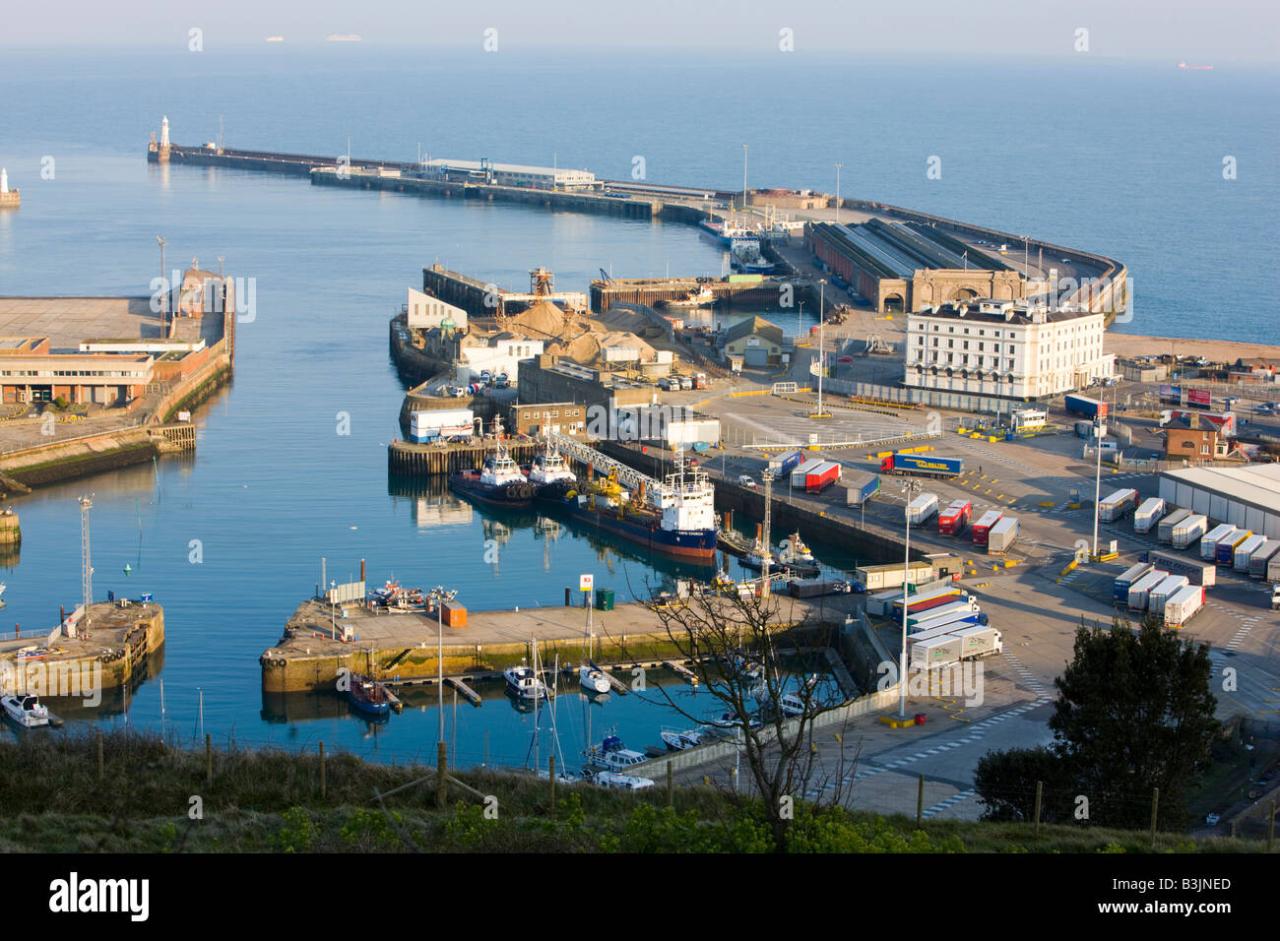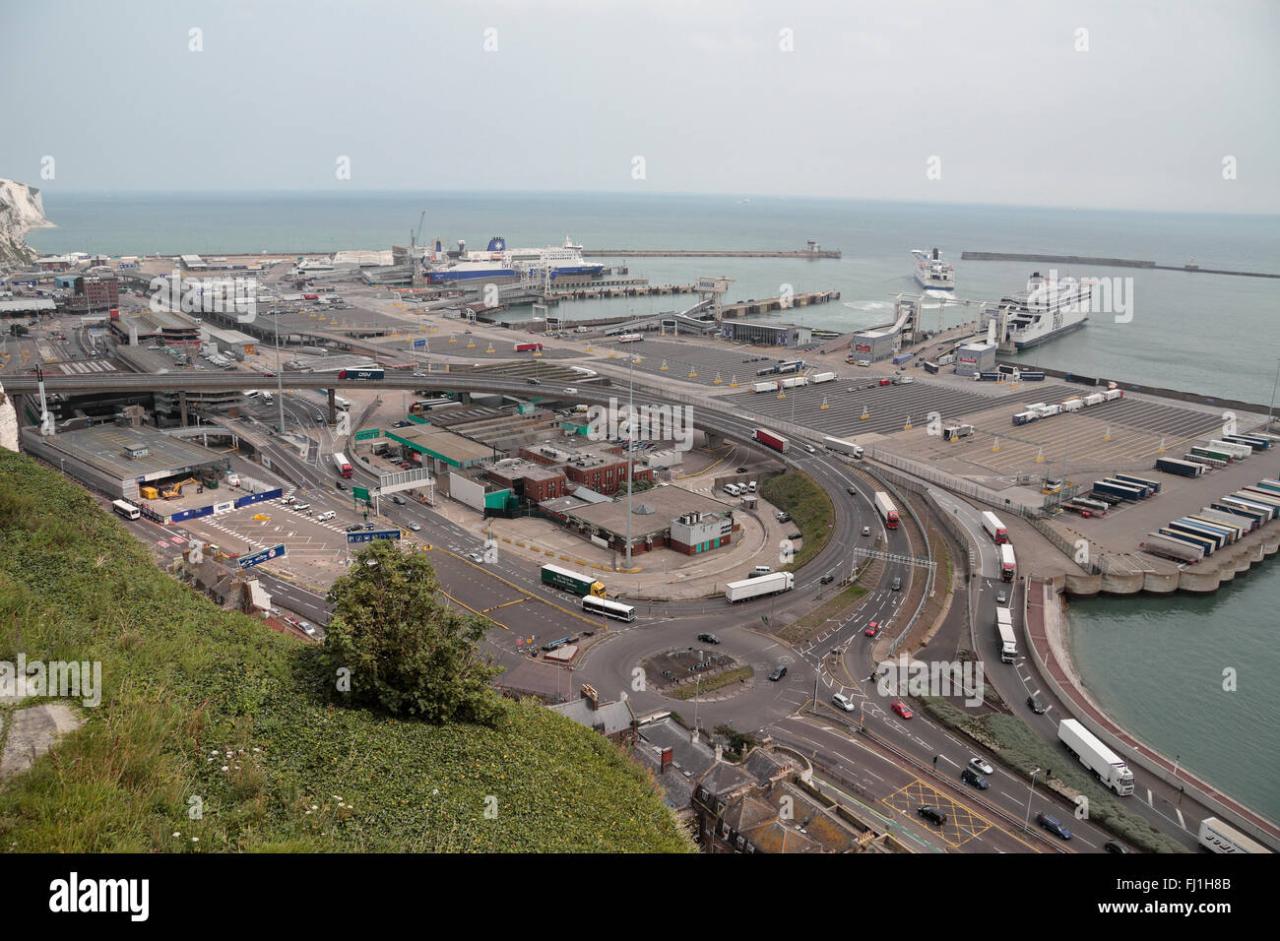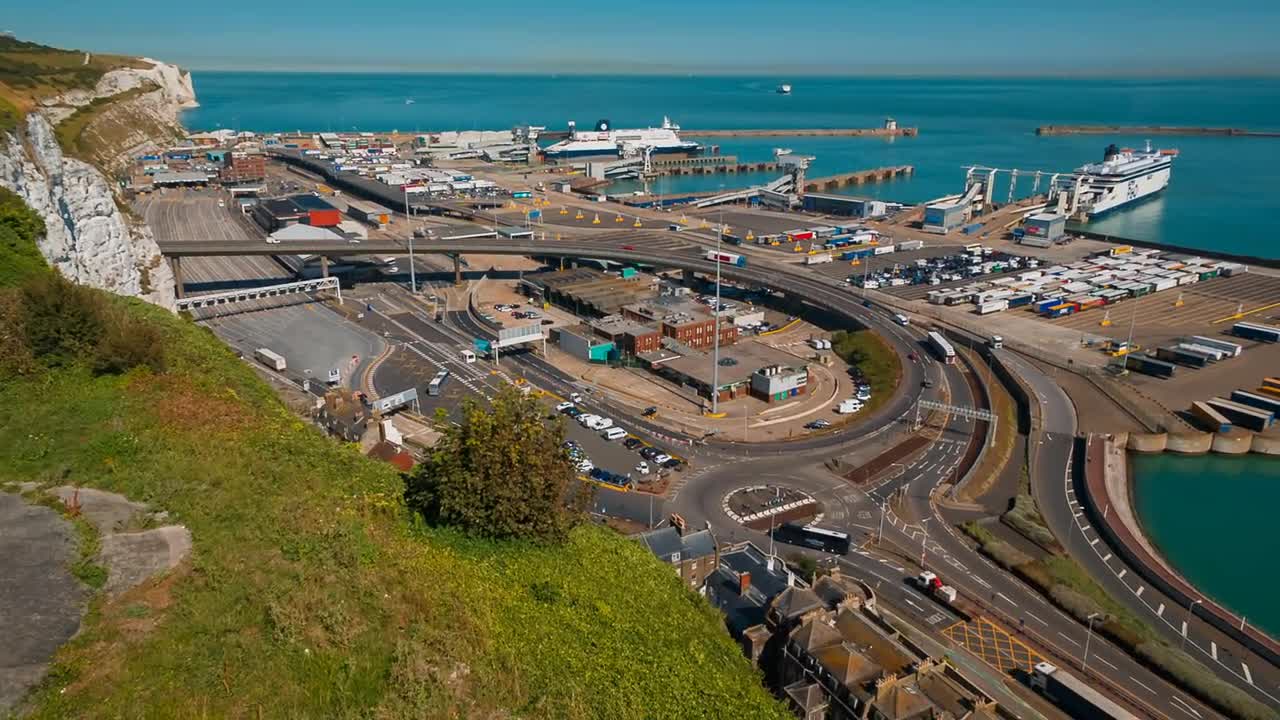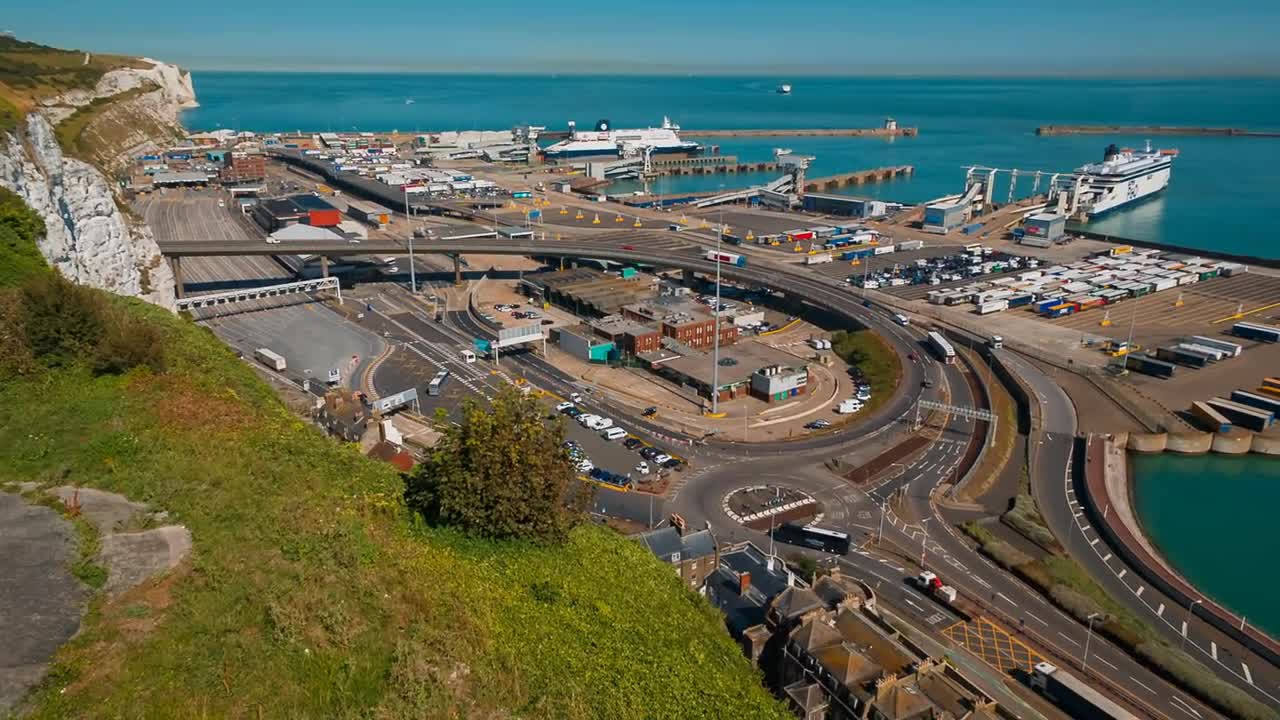Port Dover camera systems offer a fascinating case study in urban surveillance and monitoring. This exploration delves into the various locations, technologies, and applications of cameras throughout Port Dover, examining their impact on safety, security, and traffic management. We’ll explore the types of cameras deployed, their coverage areas, and the technological infrastructure supporting these systems, while also considering the legal and ethical implications of their use.
From high-resolution CCTV cameras monitoring key intersections to webcams offering live views of the town’s picturesque waterfront, the Port Dover camera network plays a vital role in the community. This analysis will provide a comprehensive understanding of this network, its capabilities, limitations, and potential for future development and improvement. We will also address common concerns regarding data privacy and security.
The Port Dover camera network provides valuable surveillance footage, often capturing unexpected events. Recently, analysts noted an object in the footage that bore a striking resemblance to a shahed drone , raising questions about potential unauthorized airspace activity. Further investigation of the Port Dover camera feeds is underway to confirm the object’s identity and origin.
Port Dover Camera Network Overview

This document provides a comprehensive overview of the Port Dover camera network, encompassing its locations, technologies, accessibility, applications, infrastructure, and image characteristics. The information presented aims to provide a clear understanding of the system’s capabilities and potential for future improvements.
Port Dover Camera Locations & Coverage
Several key locations throughout Port Dover utilize camera systems for various purposes. The following table details these locations, their coverage, and notable features.
| Location Name | Description of View | Approximate Coverage Area | Notable Features |
|---|---|---|---|
| Main Street Intersection | Four-way intersection, encompassing significant pedestrian and vehicular traffic. | Approximately one city block radius. | High-resolution cameras with pan-tilt-zoom capabilities. |
| Port Dover Harbour | Overlooks the harbour, encompassing the docks and surrounding waterfront area. | Covers the entire harbour and adjacent shoreline. | Weatherproof cameras with infrared night vision. |
| Downtown Commercial Area | Monitors the main commercial street, including shops and businesses. | Covers several blocks of the main commercial area. | Multiple cameras strategically positioned to minimize blind spots. |
| Lake Erie Beach | Provides surveillance of the beach area, including the shoreline and surrounding park. | Covers the majority of the beach and park area. | High-definition cameras with wide-angle lenses. |
While the existing camera network covers many key areas, potential blind spots exist in less populated residential areas and some side streets. Expanding coverage to these areas could enhance overall security and monitoring capabilities.
The cameras deployed in these locations generally consist of high-definition CCTV cameras with features such as pan-tilt-zoom capabilities, infrared night vision, and weatherproofing. Differences in specific features and capabilities depend on the location’s unique requirements and environmental conditions.
Port Dover Camera Types & Technologies
A variety of camera technologies are employed in Port Dover, each with its own strengths and weaknesses.
- CCTV Cameras: These are the most common type, offering high-resolution video and versatile features like pan-tilt-zoom. They are typically used for general surveillance and security.
- Traffic Cameras: Located at key intersections, these cameras monitor traffic flow and assist in managing congestion. They often incorporate advanced analytics to detect incidents.
- Webcams: Publicly accessible webcams offer live views of popular locations, providing information for tourists and residents alike.
Image quality and resolution vary depending on the camera type and its specifications. Higher-resolution cameras provide clearer images and greater detail, while advanced features like infrared night vision and analytics enhance situational awareness.
The choice of camera technology is influenced by factors such as budget, location-specific needs, and desired features. While higher-end cameras offer superior performance, their cost and maintenance requirements must be considered.
Port Dover Camera Accessibility & Public Use

Accessibility to Port Dover camera feeds varies. Publicly accessible webcams provide live views, while access to security camera footage is generally restricted to authorized personnel for privacy and legal reasons.
Accessing or using camera footage without authorization is a violation of privacy and potentially illegal. Strict protocols are in place to protect sensitive information and ensure compliance with relevant laws.
A secure system for authorized personnel could involve a dedicated network with role-based access control, encrypted data transmission, and audit trails to track all access attempts. This system would ensure that only authorized individuals can access the necessary footage while maintaining a high level of security and accountability.
Port Dover Camera Applications & Benefits
Camera systems in Port Dover serve various critical functions, enhancing safety and security.
- Crime Prevention and Detection: Cameras deter criminal activity and assist in investigations.
- Traffic Management: Cameras monitor traffic flow, identify congestion, and assist in accident response.
- Public Safety: Cameras enhance safety in public areas, especially during events and festivals.
The benefits of a comprehensive camera network include reduced crime rates, improved traffic flow, enhanced public safety, and improved response times to incidents. Potential advancements include AI-powered analytics for automated incident detection and predictive policing capabilities.
Port Dover Camera System Infrastructure

A typical Port Dover camera system consists of several key components.
- Cameras: High-definition cameras strategically positioned throughout the town.
- Cabling: Fiber optic or coaxial cables transmit video signals to recording devices.
- Recording Devices: Network video recorders (NVRs) or digital video recorders (DVRs) store recorded footage.
- Network Connections: A reliable network infrastructure connects cameras, recording devices, and monitoring stations.
Camera footage is typically stored on NVRs or DVRs with varying retention periods depending on the application. Maintaining and upgrading these systems requires ongoing investment in hardware, software, and technical expertise. Challenges include managing cable infrastructure, ensuring data security, and adapting to evolving technologies.
Port Dover Camera Image Examples & Descriptions
The following are descriptions of hypothetical images captured by Port Dover cameras, illustrating the variety of scenes and conditions.
Daytime image of Main Street: The image shows a bustling street scene with pedestrians and vehicles. The lighting is bright and even, providing excellent visibility. Several shops and businesses are visible, along with street signs and traffic signals.
Nighttime image of the harbour: The image shows the harbour at night, with boats moored at the docks. The lighting is low, but infrared illumination from the camera provides sufficient visibility. The water is calm, and the overall scene is peaceful.
Overcast daytime image of Lake Erie Beach: The image shows the beach on an overcast day. The lighting is diffuse, with reduced contrast compared to a sunny day. The sand is visible, along with some people walking along the shoreline. The overall image is somewhat muted in colour.
Weather conditions significantly impact image quality. Rain, snow, or fog can reduce visibility and clarity. Image analysis techniques, such as advanced de-noising algorithms, can help to mitigate the effects of adverse weather conditions. Using AI-powered image analysis could also automatically detect and flag events like unusual activity or traffic congestion.
High-resolution imagery from the Port Dover camera system provides valuable data for various applications. Understanding the logistical efficiency of cargo handling is crucial, and this is where the innovative technology showcased in the remington drone loads article becomes relevant. Such advancements could significantly improve Port Dover’s operational capacity, leading to more efficient use of the camera network’s data analysis.
In conclusion, the Port Dover camera network represents a complex interplay of technology, public safety, and privacy concerns. While offering significant benefits in enhancing security and managing traffic flow, careful consideration must be given to data protection and ethical implications. Future advancements in camera technology, coupled with robust data management strategies, will be crucial in optimizing the effectiveness and transparency of this vital system.
A balanced approach, prioritizing both security and individual rights, will ensure that the Port Dover camera network continues to serve the community effectively.
FAQ Explained
What are the penalties for unauthorized access to Port Dover camera feeds?
Unauthorized access is a criminal offense and carries significant legal penalties, including fines and potential imprisonment.
How often is the camera footage recorded and stored?
This varies depending on the specific camera and its purpose. Some systems continuously record, while others may only record upon detecting motion or other triggers. Footage retention policies also vary.
Are there any plans to expand the Port Dover camera network?
Information regarding future expansion plans would need to be obtained from the relevant municipal authorities or law enforcement agencies.
What measures are in place to protect the privacy of individuals captured on camera?
Data privacy regulations are strictly adhered to, and footage is typically handled according to established protocols designed to minimize the risk of unauthorized access and protect personal information.
